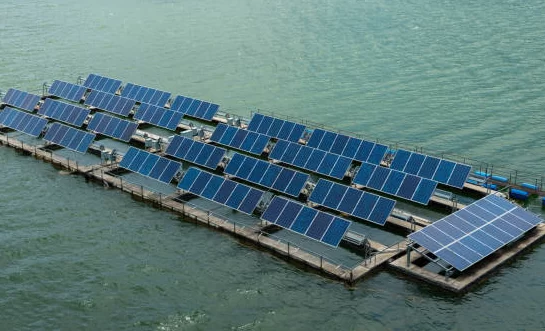Enhancing Island Grid Stability through Smart Strategies
Islands present unique challenges when it comes to maintaining a stable electrical grid. Their isolated nature, limited resources, and vulnerability to external factors make Island grid stability a critical concern. However, by implementing smart strategies, it is possible to enhance the reliability and resilience of island grids.

One of the key smart strategies is the integration of advanced monitoring and control systems. These systems use sensors and real-time data analytics to continuously monitor the grid’s performance. This enables operators to detect potential issues such as voltage fluctuations, power surges, or equipment failures before they escalate into major problems. For example, on a small island with a limited power infrastructure, an early warning system for transformer overheating can prevent a widespread blackout by allowing for timely maintenance or load adjustment.
Energy storage plays a vital role in enhancing Island grid stability. Batteries, flywheels, or pumped hydro storage systems can store excess energy during periods of low demand and release it during peak times or when renewable generation is low. This helps smooth out power fluctuations and ensures a consistent supply. Consider an island that relies heavily on wind power. During windy nights when demand is low, the excess energy can be stored and used to meet the increased demand during the day when the wind may not be as strong.
The implementation of demand response programs is another effective smart strategy. By incentivizing consumers to adjust their electricity usage based on grid conditions, the overall load on the system can be better managed. For instance, during times of high renewable generation but low demand, consumers could be offered discounted rates to use energy-intensive appliances, thereby reducing the need for curtailment of renewable output.
Smart grids also facilitate the integration of distributed energy resources, such as rooftop solar panels and small-scale wind turbines. These decentralized sources can contribute to the grid’s supply, but their intermittent nature can pose challenges. Advanced control algorithms and communication protocols ensure that these distributed resources are seamlessly integrated and managed to maintain Island grid stability.
Microgrids are an increasingly popular solution for island grids. A microgrid can operate independently or in conjunction with the main grid, providing local power generation and distribution. This enhances the island’s resilience during extreme weather events or grid disruptions. For example, a hospital or critical infrastructure on an island could be powered by a dedicated microgrid, ensuring continuous operation even when the main grid is compromised.
Furthermore, predictive maintenance based on data analytics is essential. By analyzing historical data and equipment performance metrics, potential faults or deterioration can be predicted, allowing for proactive maintenance and replacement. This reduces the likelihood of unexpected breakdowns and improves the overall reliability of the grid.
The use of artificial intelligence and machine learning algorithms can optimize grid operations. These technologies can predict energy demand patterns, optimize power flow, and identify the most efficient combinations of generation sources.
Let’s take the example of an island that has implemented a combination of these smart strategies. They installed smart meters throughout the community to monitor consumption patterns in real-time. Based on this data, they developed demand response programs that encouraged residents to shift their usage to off-peak hours. They also integrated a large battery storage system and a microgrid for a critical water treatment plant. Through these measures, the island was able to significantly reduce power outages and improve the quality of its electricity supply.
However, implementing these smart strategies comes with its own set of challenges. The initial investment for advanced technologies and infrastructure can be substantial. Islands may also face a shortage of technical expertise and skilled personnel to operate and maintain these systems. Additionally, regulatory and policy frameworks need to be updated to support and encourage the adoption of these innovative solutions.
In conclusion, enhancing island grid stability through smart strategies is not only feasible but essential for the sustainable and reliable power supply of island communities. By leveraging technologies such as advanced monitoring, energy storage, demand response, and microgrids, islands can overcome their inherent challenges and build resilient and efficient electrical grids. This will not only ensure a consistent power supply but also support economic growth and improve the quality of life for residents. With proper planning, investment, and collaboration, the vision of a stable and smart island grid can become a reality.
